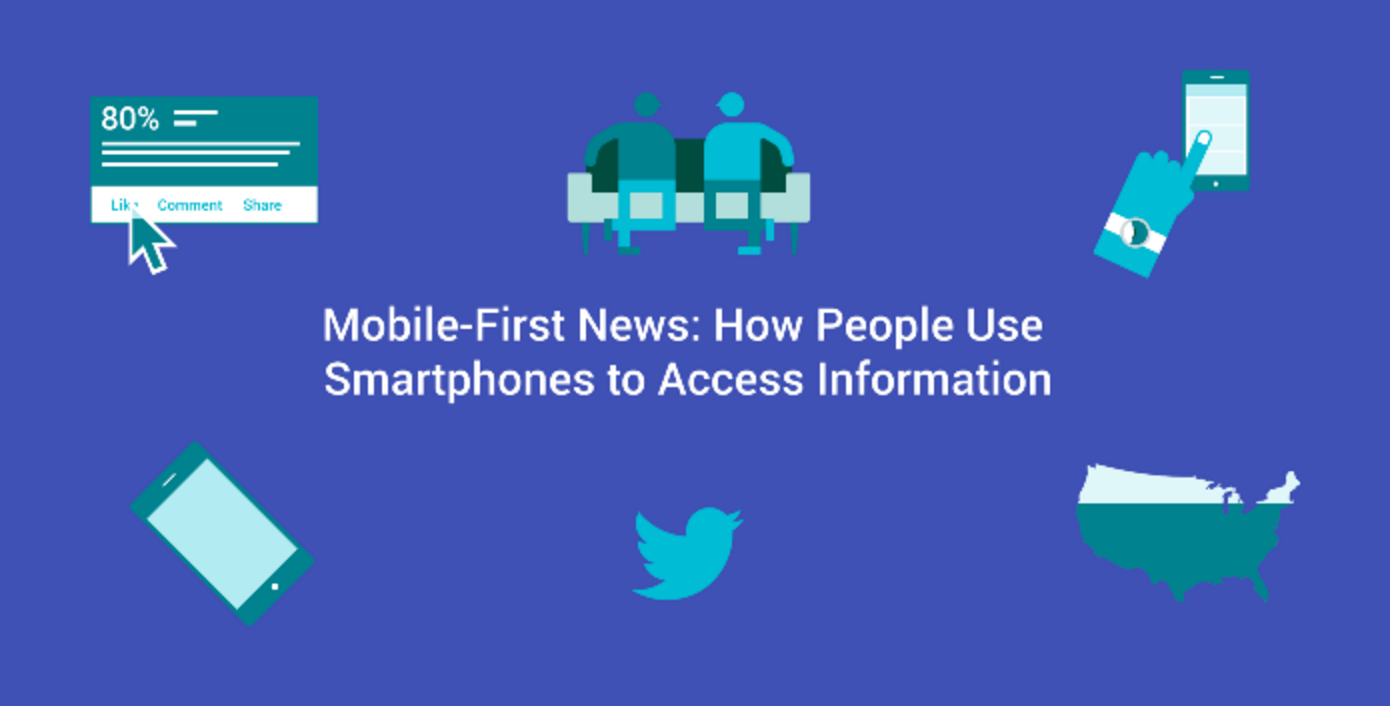
Making the most of mobile: Report on news consumption highlights complexity of evolving trends and need for nimble newsrooms
Above: Catching up by Frédéric Poirot on Flickr.
There’s plenty of data to digest in the Knight Foundation-commissioned report, conducted with Nielsen and released today, on how different U.S. audiences use smartphones to access news and information. The fast growth of mobile news consumption over the past two years is one of many things that stand out: “In fact, 89 percent of the U.S. mobile population (144 million users) now access news and information via their mobile devices,” the report says. Related Links
Report: Mobile-first news: How people use smartphones to access information (Medium.com), 5/11/2016
PDF: Mobile-first news: How people use smartphones to access information (PDF), 5/11/2016
Press release: “ The mobile disruption: New report provides insights into navigating the growing mobile news ecosystem “, 5/11/2016
“Mobile-First News: How People Use Smartphones to Access Information” points to a promising appetite for “hard news” about current and global events, with a substantial amount of engagement taking place on social networking platforms. It shouldn’t be a surprise to read that 70 percent of Facebook users use Facebook for news every day, providing a huge opportunity for news organizations to adopt these platforms to reach a wider audience. Today journalists can publish directly to the platforms with services such as Facebook Instant Articles and Google Accelerated Mobile Pages.
This also surfaces broader questions about the future dynamics between social media platforms and news organizations, including: How much content should newsrooms publish directly to the platforms? How can local and regional newsrooms keep up with the pace of publishing and experimenting on mobile and social media platforms? Will the ability to monetize this work become easier? And how will the templates of services such as Facebook Instant Articles evolve; will editors have more autonomy over how information is presented?
A deeper dive into the data in our new report illuminates other insights worth more exploration:
Engage with audiences both offline as well as online
What should news organizations be doing to tap into, facilitate and lead conversations with the 59 percent of Facebook users and 41 percent of Twitter users who say they continue to talk about news offline and in person?
Reach audiences through many channels
The data reveals that search, social media and email are popular entry points to news content, both on mobile apps and sites. The use of email suggests that readers value the curated aspect of opt-in newsletters in contrast to search and social media feeds.
Consider the powerful, dual role of Wikipedia
Wikipedia is the most popular mobile site, reaching almost a third of the total mobile population each month. It both drives traffic to news sites through embedded links, and provides readers a place where they can learn more about a topic after reading a news story. How might news organizations and Wikipedia take advantage of this relationship to better serve mobile users?
Pay attention to diversity
A more nuanced approach to racial, ethnic, gender and economic diversity provides potential to target specific audiences, both current and future. This is also an opportunity to put human-centered design processes to work to understand what drives different behaviors and how to design experiences for different communities.
“Mobile-First News: How People Use Smartphones to Access Information” offers much more information about user behavior for media organizations to consider. At Knight Foundation, we’re continuing to build on this research, and in the year ahead we will explore more how audiences are coming to news. Delve into the report, and let us know about your takeaways and how you are putting the information to use in your own newsroom.
Shazna Nessa is director of journalism at Knight Foundation. Email her via [email protected] and follow her on Twitter @shazna.
Recent Content
-
Journalismarticle ·
-
Journalismarticle ·
-
Journalismarticle ·



